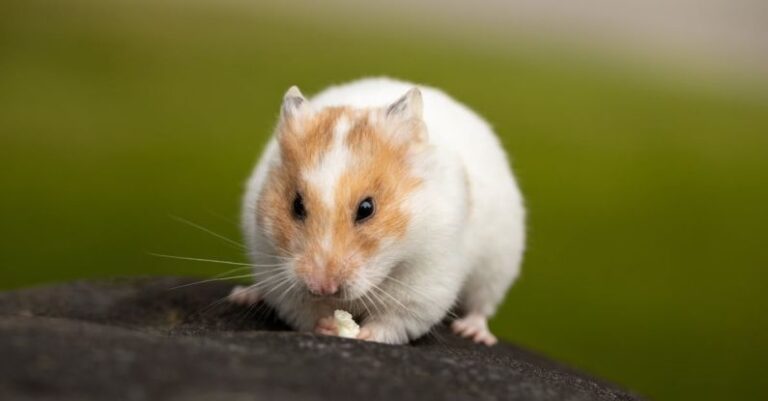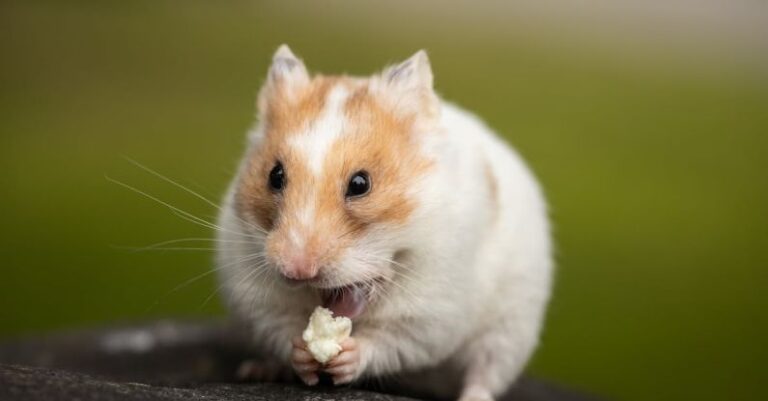
Hamsters are adorable and popular pets known for their playful nature and small size. If you’re a hamster owner looking to expand your furry family or simply curious about the breeding cycle of these tiny creatures, understanding how to track their breeding cycle is essential. By observing their behavior and physical changes, you can gain insights into when your hamster is ready to mate and potentially have offspring. In this guide, we will explore the key steps to help you monitor and track the breeding cycle of your hamster effectively.
Identifying the Signs of Heat in Female Hamsters
Female hamsters, also known as does, go through a heat cycle roughly every four days. During this time, they are most receptive to mating. One of the primary signs that your female hamster is in heat is her behavior. She may become more agitated, restless, and may exhibit nesting behavior by collecting bedding material to create a cozy nest. Additionally, you may notice a slight increase in her scent marking activity as she prepares for potential mating.
Another physical sign to look out for is a swollen and reddened genital area. This is a clear indication that your female hamster is in heat and ready to mate. By monitoring these behavioral and physical changes, you can pinpoint the ideal time for introducing a male hamster for breeding.
Observing the Courtship Behavior of Hamsters
Once you have identified that your female hamster is in heat, it’s time to introduce her to a male hamster for breeding. Male hamsters, or bucks, are typically quite eager to mate when presented with a receptive female. However, it’s essential to monitor their interactions closely to ensure that the breeding process goes smoothly.
During the courtship phase, you may observe the male hamster displaying behaviors such as scent marking, chasing the female, and engaging in gentle nipping. These are all normal courtship behaviors aimed at establishing dominance and signaling interest in mating. The female hamster, on the other hand, may exhibit behaviors like standing still, raising her hindquarters, and allowing the male to mount her.
It’s crucial to provide a stress-free environment during the breeding process and to closely supervise the hamsters to prevent any aggressive behavior. Once mating has occurred, you can expect the female hamster to become pregnant, leading to the next phase of the breeding cycle.
Monitoring the Gestation Period and Preparing for Birth
After a successful mating, the female hamster enters a gestation period that typically lasts around 16 to 18 days. During this time, it’s essential to provide her with a comfortable and secure nesting area where she can prepare for the arrival of her pups. Ensure that the cage is well-equipped with soft bedding material and ample food and water to support the pregnant hamster’s needs.
As the due date approaches, you may notice the female hamster exhibiting nesting behaviors, such as shredding paper and creating a warm, cozy nest. This is a sign that she is preparing to give birth. It’s crucial to minimize disturbances during this time and provide the mother hamster with the necessary privacy and support for a successful delivery.
Welcoming the New Arrivals and Caring for the Pups
Once the female hamster has given birth, you can expect a litter of tiny, wriggling pups in the nest. It’s essential to give the mother hamster space and time to bond with her offspring while ensuring that she has a constant supply of food and water to support her nursing needs. Avoid handling the pups excessively in the initial days to minimize stress on the mother and newborns.
As the pups grow, you can gradually start socializing with them to ensure they become comfortable with human interaction. It’s essential to provide a well-balanced diet for the mother hamster to support her nursing requirements and the healthy development of the pups.
In conclusion, tracking the breeding cycle of your hamster requires keen observation of their behavior and physical changes throughout the different stages of mating, pregnancy, and birth. By understanding the signs of heat in female hamsters, monitoring courtship behavior, and providing adequate care during gestation and birth, you can successfully navigate the breeding process and welcome a new generation of adorable hamsters into your family. Remember to always prioritize the well-being and comfort of your furry friends throughout the breeding cycle to ensure a happy and healthy experience for both the hamsters and their human companions.





